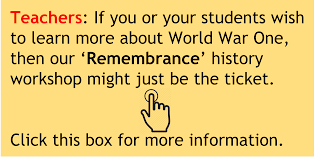January 29th, 1856: The Victoria Cross is introduced.
In 1854, after 39 years of peace, Britain found itself fighting a major war against Russia. The Crimean War was one of the first wars with modern reporting, and the dispatches of William Howard Russell described many acts of bravery and valour by British servicemen that went unrewarded. The result was the introduction, by Royal Warrant, of the Victoria Cross on January 29th, 1856. The first medals were ready to be awarded 18 months later in June 1857.The first recipient was Charles Davis Lucas (pictured right) was invested with his Victoria Cross by Queen Victoria in Hyde Park on the June 26th, 1857. Almost three years earlier, on June 21st, 1854, during the Crimean War, HMS Hecla and two other Royal Navy (RN) ships were bombarding Bomarsund, a fort in the Åland Islands off Finland. Fire was returned from the fort, and at the height of the action a live shell landed on Hecla's upper deck, with its fuse still burning. All hands were ordered to fling themselves flat on the deck, but Lucas with great presence of mind ran forward and hurled the shell into the sea, where it exploded with a tremendous roar before it hit the water. Thanks to Lucas' action no one on board was killed or seriously wounded by the shell. Fittingly he was immediately promoted by his commanding officer to Lieutenant RN. After a long career, Lucas eventually reached the rank of Rear Admiral in the Navy. He died on August 7th, 1914, aged 80, at his home in Great Culverden, Kent. He is buried in St. Lawrence's Churchyard, Mereworth.Even today all Victoria Crosses are said to be made of bronze from melted down breeches of guns supposedly captured during the siege of Sebastopol in the Crimea. Historian John Glanfield has since established, however, that the metal for most of the medals made since December 1914 came from two Chinese cannons, and that there is no evidence of Russian origin [1]. Regardless, every one of 1,358 Victoria Cross awarded since 1856 [2] has been made by the same jeweller, Hancocks & Co. of London.Endnotes:
1. Glanfield, J., (2005), ‘Bravest of the Brave’, Sutton Publishing, pp. 24-35.
2. Awarded to 1,355 men as three of them have been awarded the VC and Bar, the bar representing a second award of the VC. The three are Noel Chavasse and Arthur Martin-Leake, both doctors in the Royal Army Medical Corps, for rescuing wounded under fire; and New Zealander Captain Charles Upham, an infantryman, for combat actions.























